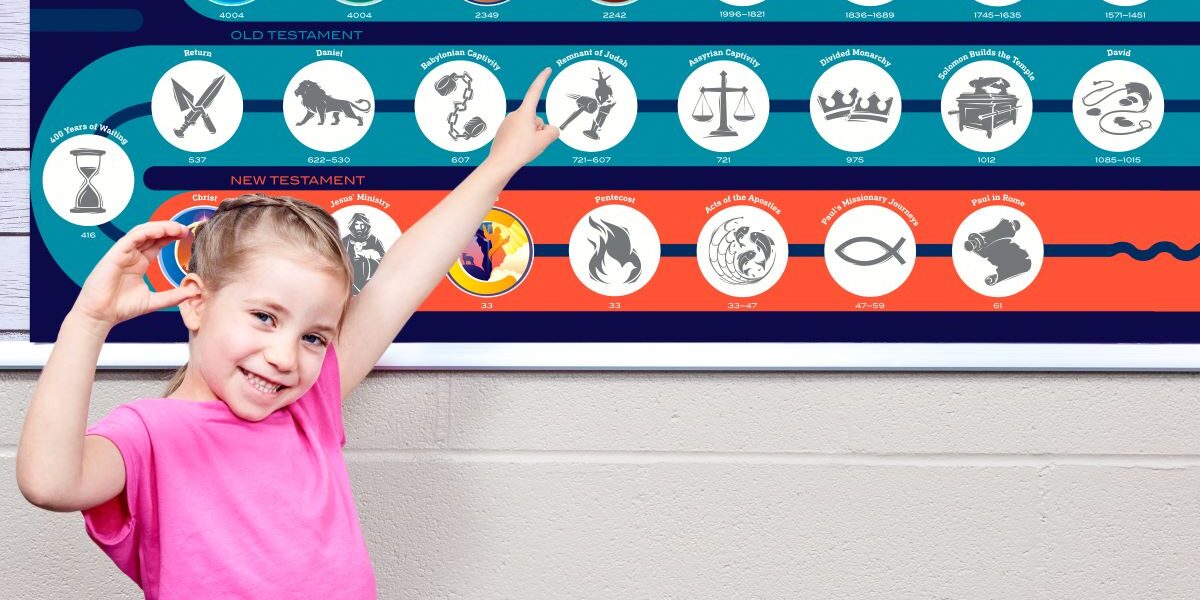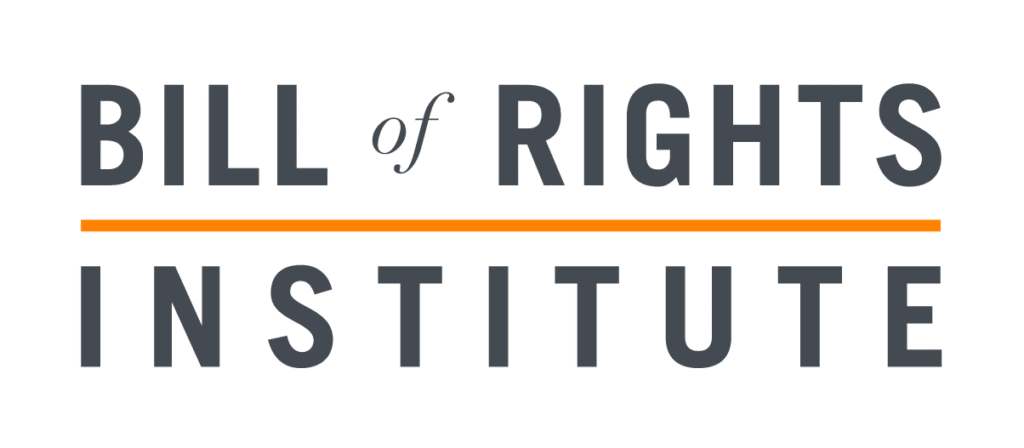By Laura Allnutt
It’s easy for Christians to develop a form of Christian living that compartmentalizes faith practices apart from daily living—and then apply the same practice to Christian education.
For example, a school might have Bible classes and chapel services, but the Bible is distinct from other subjects at worst or only connected with a memory verse in each subject at best.
This approach to education will not reach the hearts of students. It neglects the paramount importance of showing students how God and his Word are necessary for all aspects of life—that they are both the foundation for all instruction and the lens through which we view it.
A Christian education must be more than a Bible class and memory verses. The Christian faith and God’s Word should be the foundation of every subject area.
It should be woven through every subject of every grade so that students understand that they are studying the world that God created and their place in it.
But how does this practically look in a classroom?
Let’s take a look at how we can approach different content areas from a biblical worldview using God’s Word as our foundation.
Science
Science classes should begin with the truth that God created the universe about 6,000 years ago. It was perfect but then cursed when Adam ate the forbidden fruit, bringing sin and death into the world (Genesis 1–3; Romans 5:12).
The world we observe today also shows evidence of the catastrophic events in the fossil and sedimentary layers laid by the flood, which broke up the earth’s crust and drastically changed earth’s climate, resulting in an ice age.
We can reinforce that all people, land animals, and flying creatures we see today descended from the eight people and the animal kinds that God preserved on the ark (Genesis 7–10).
You can emphasize that all sciences point to the Creator who designed the world with order and that the violence and dysfunctions we observe are results of the curse.
History & Social Studies
History and social studies are not at odds with the Bible, and curriculum should reject “evolving humans” and grunting “cavemen” who are more like animals than humans.
Lessons should remind students that all people are descended from Adam through Noah—who were both real, historical people.
Students should know that there is one human race and that our differing physical characteristics, such as skin tone, are the result of combinations of the genetic potential and diversity that God created within humans and the dispersion of the people from the tower of Babel after the confusion event into more isolated people groups (Genesis 11).
Additionally, we can reinforce that because of sin, human history shows patterns of racism and sexism, abuses of power, and grievous cycles of wars.
Most importantly, you should help students see that the Bible is not separate from history but is history.
You can highlight archaeological findings that affirm what the Bible says about specific battles, kings, and empires.
You can point out historical events that are deeply rooted in mankind’s responses to God and help students see God’s hand in history through the spread and translation of the Bible, the work of missionaries and preachers, and inventions like the printing press.
At our time in history, students should learn that we are called to spread the gospel of salvation through Jesus to all world (Matthew 28:18–20; Acts 17:26–28).
Language Arts & Literature
In language arts and literature classes, students should be reminded that God gifted language to Adam and Eve and then again to the families at Babel (Genesis 11:1–9).
It’s important to explain that although languages have changed over time, they did not evolve from animalistic grunts as those who believe in evolution would suggest.
Emphasize that as stewards of God’s gifts to us, we study language and strive to use it purposefully to maintain the effective communication and spread of the gospel and the study of God’s Word.
You can also make the connection that literature can be a record of man’s response to God through each era and its associated philosophies and historical background.
Additionally, you can help students interpret literary themes and philosophies from a biblical vantage point to help them discern truth (Romans 12:2; Ephesians 5:6–10; 1 John 4:1).
Math
It’s also important to emphasize for students that math shows God’s created logic and order, upheld by an unchanging and constant Creator (Isaiah 45:7–9; Colossians 1:17).
We see this order in things like symmetry and the golden ratio, present in the unique shape of seashells and the spiral shape of some galaxies, and the absolute nature of mathematical equations—that 1 + 1 always equals 2.
You can also emphasize that our ability to understand and perform calculations and discern mathematical rules and theories points to our inherent nature as image bearers, created in God’s image, set apart from all other living things (Genesis 1:27).
In every subject, the evidence of God’s work in this world and his hand over all things (Colossians 1:16–17) should draw students to him.
A Christian education isn’t just contained to a “Bible class,” but it should present the gospel, disciple young believers, and equip them for the vocational and life calling God has for them.
Laura Allnutt is a senior curriculum developer for Answers in Genesis, an apologetics ministry dedicated to helping Christians defend their faith and proclaim the good news of Jesus Christ, www.answersingenesis.org.





